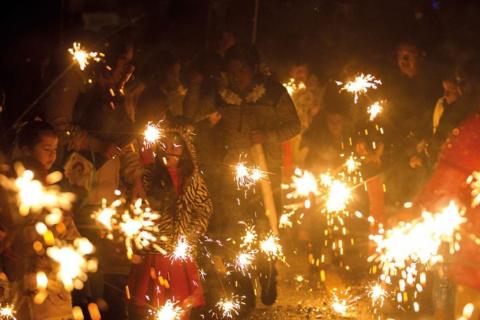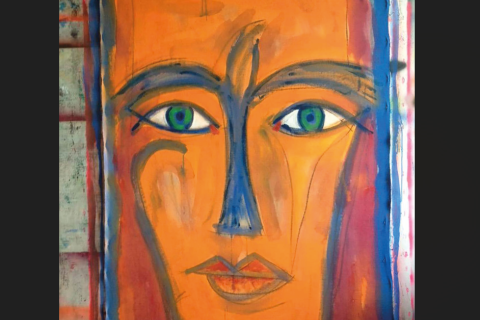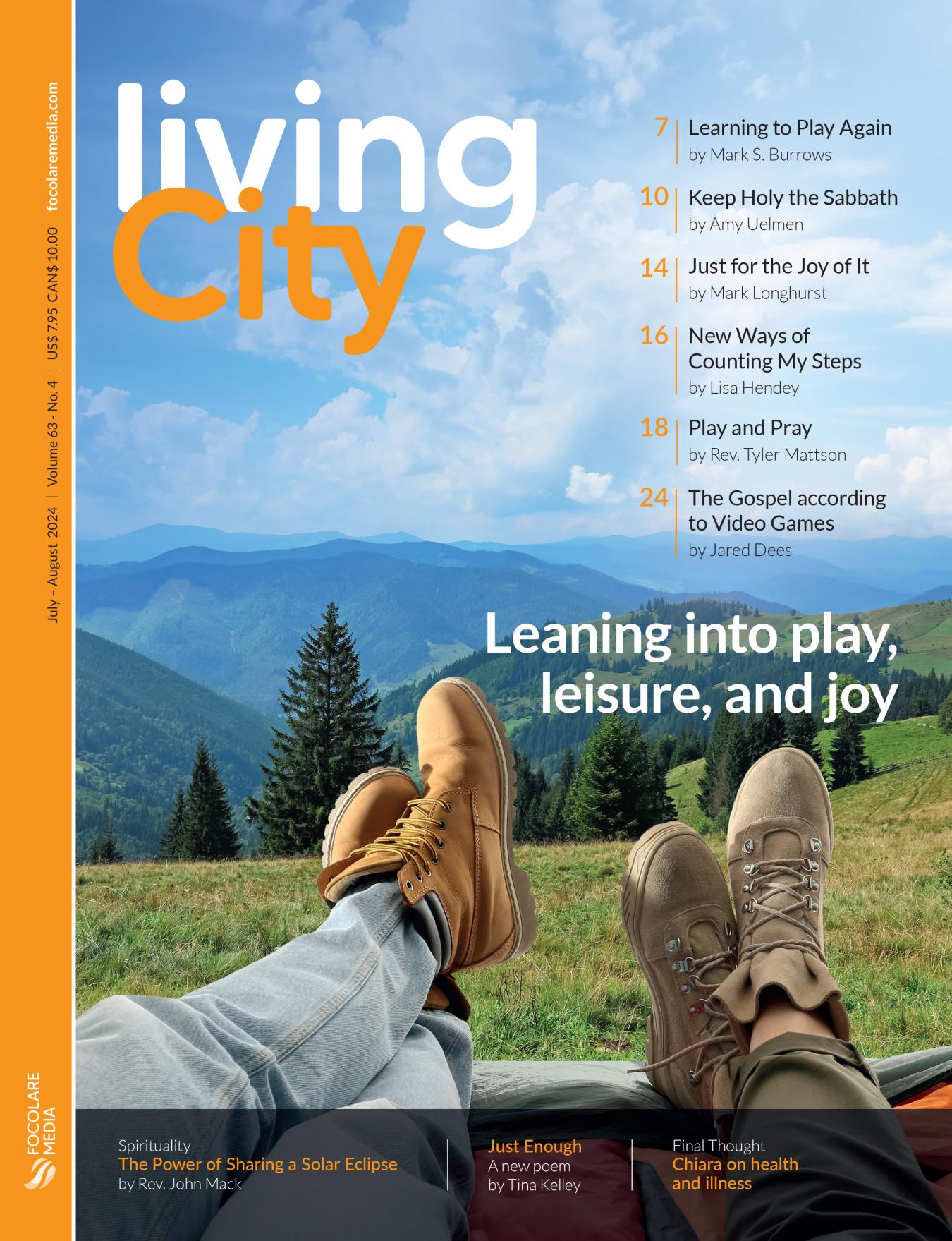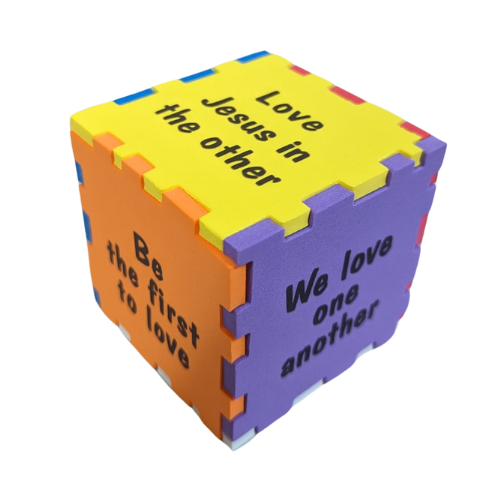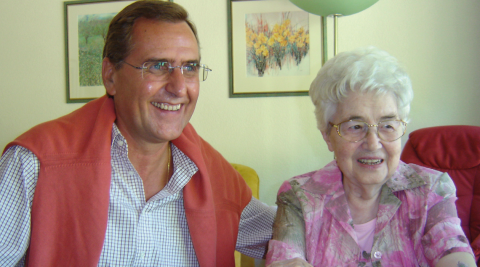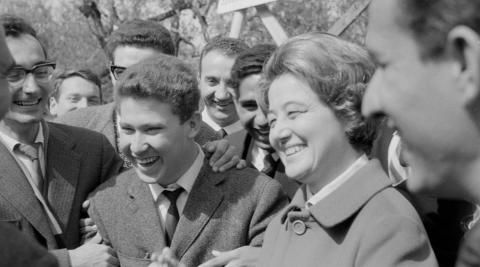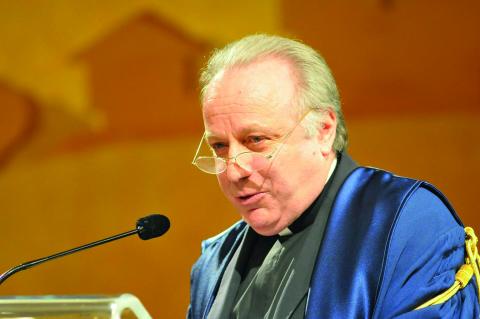The Templeton Prize; a dialogue of life with Hindus, Buddhists, Muslims, Jews and non-religious people; Bishop Klaus Hemmerle
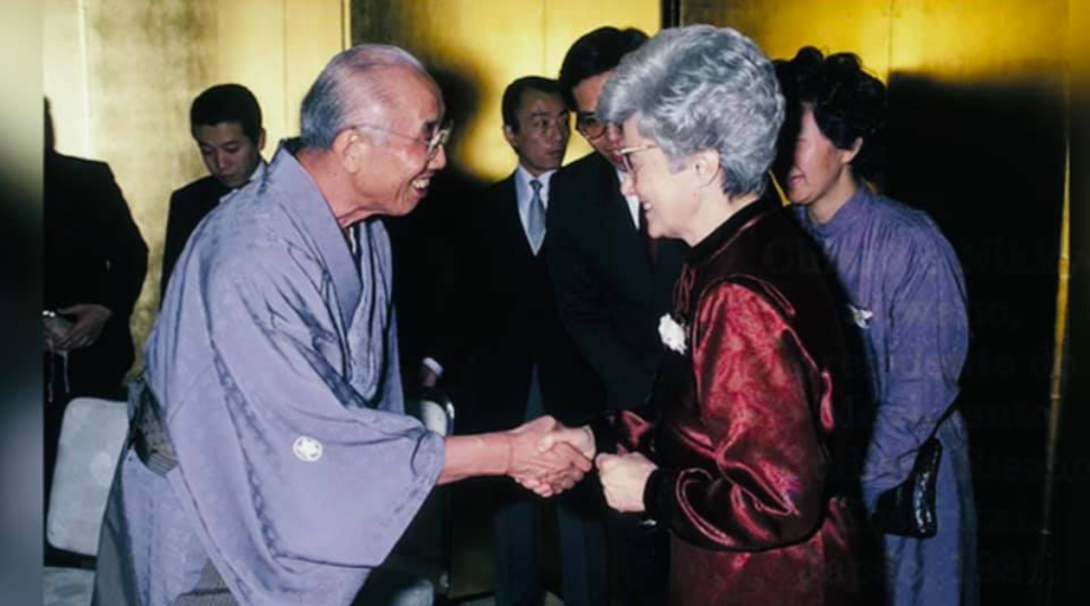
Chiara Lubich meets Nikkyo Niwano, founder of the Japanese Buddhist movement Rissho Kosei-kai in Tokyo in 1981
During the second half of the 1970s, Italy was going through a period of domestic terrorism. They were years of social upheaval, a search for freedom, defiance, but also of creativity and drive toward progress.
In the context of this rapid transformation into a multicultural and multireligious society, events in the life of Chiara Lubich and the Focolare Movement seem to have unfolded just as fast.
In 1977 the first meetings were held for bishops affiliated with the Focolare. These were promoted by Klaus Hemmerle, the bishop of Aachen, Germany, with the aim of deepening the spirituality of communion, born from the charism of unity.
The following year, Chiara established a “center for dialogue with people of non-religious convictions,” a frontier that she opened, encouraged by her close collaboration with St. Pope Paul VI since 1964.
The rapid expansion of the Focolare brought its members increasingly in contact with faithful of various religions. The small local communities drew ever closer to them, weaving authentic relationships imbued with love, as with brothers and sisters.
Chiara receives the Templeton Prize
This pioneering work in dialogue brought Chiara the Templeton Prize for Progress in Religion, which she received in London in 1977.
“A prize for religion?” she asked herself at first, taken aback. “I was concerned and thought: ‘This circumstance is leading me off my track, which is the Gospel …
“Then I remembered that it is written in the Gospel: ‘that they may see your good deeds and glorify your heavenly Father (Mt 5:16).’”
This circumstance, she explained years later, was precisely what turned out to be “the ‘founding event’ for the Focolare’s commitment to interreligious dialogue.
“When I was leaving the hall, the first people to come and greet me were Jews, Muslims, Buddhists, Sikhs, Hindus. The Christian spirit that I had spoken about had made such an impression on them that it immediately became evident that we should concern ourselves not only of our Catholic Church and other churches, but also of these brothers and sisters of various faiths.
“This marked the beginning of our interreligious dialogue.”
The first signs of dialogue
But the roots of this commitment could already be found at the very beginning of the movement. In 1946 Chiara wrote that we must “always fix our gaze on the one Father of many children … strive constantly … toward universal kinship in one Father: God.”
The first foreshadowing of this dialogue occurred in 1966 in Fontem, in the English-speaking part of Cameroon. In a huge clearing, while thousands of members of the Bangwa people were thanking her for having sent doctors to save their tribe threatened by a high infant mortality rate, Chiara had an intuition.
“It was as if God were embracing everyone, all together: we men and women focolarini who were present there and this entire tribe,” Chiara recounted. “That was where I had the first inkling that we were going to engage with people of various religions. And there I felt a sort of blessing from God.”
Other indications came from Algeria. With the opening of a Focolare center there in 1966, our relationships with Muslims began to build. An imam said, “Chiara brings people to truly love God and one another.”
The Focolare also began to have deep connections with Buddhists. A profound relationship began in 1979 when Chiara Lubich met Nikkyo Niwano, founder of the lay Japanese movement Rissho Kosei-kai (RKK). In 1981 she spoke in a Buddhist temple in Tokyo to 10,000 people, leaders of the RKK. On that occasion, Niwano asked her to collaborate with the World Conference of Religions for Peace, of which Chiara became an honorary president in 1994.
She was then received in 1997 by the supreme patriarch of Thai Buddhism, H.H. Somdet Phra Nyanasamvara in Bangkok. In Chiang Mai, also in Thailand, Chiara communicated her spiritual experience to 800 Buddhist men and women, both monks and laypeople.
That same year in May, Chiara was invited to meet followers of W. D. Mohammed, then leader of the two-million strong Muslim American Society. Standing in front of 3,000 Muslims, she was the first white Christian woman ever to give a talk in the historic Malcolm Shabazz Mosque in Harlem, New York. A fraternal dialogue began, which would take on particular significance after the attacks of September 11, 2001.
In 1998 Chiara signed a “pact of fraternity” in Buenos Aires with members of B’nai B’rith and other Jewish organizations. Then she went to India in 2001 and met with Dr. Shantilal Somaiya and Hindu Professor Kala Acharya on the university campus of Baratiya Sanskreeti Peetham in Mumbai. This marked the birth of a series of symposiums on interreligious dialogue between academic experts of the Focolare and prestigious Hindu scholars. These were followed by symposiums that included representatives of Buddhism, Judaism and Islam.
The dialogue of life
Wherever the spirituality of the Focolare is lived, a dialogue of life develops. The mutual exchange of experiences fosters a spiritual friendship that transforms relationships and dispels prejudices. People work together to build peace and heal the wounds of humanity. It is a new culture that is taking root even among the very young by spreading the Golden Rule.
To 9,000 teenagers who came together in Rome in 2002, Chiara said, “If you, a young Muslim, love, and you, a young Christian, love, and you, a Hindu, love, then you will certainly reach the point of loving one another. And if you do this among all of you … a piece of universal brotherhood will have been built.”
The Church supported this path, in line with the direction of Vatican II. At the World Conference of Religions for Peace in Amman, Jordan, in 1999, Chiara commented: “What will happen in the future? I don’t know. I have never made plans! … The score is written in heaven, and here on Earth we are just trying to play the music.”
Chiara Lubich passed away in 2008. In June 2019 a group of Jews, Muslims, Buddhists, Hindus and Christians from 15 different countries — all part of the Focolare family — met together in Rocca di Papa in the chapel that houses Chiara’s tomb. They came to express the love that links them to “the source.” A quarter of the participants were under 35.
As Pope Francis emphasized on May 10, 2018, in the Focolare little town of Loppiano, Italy — we are just at the beginning.



